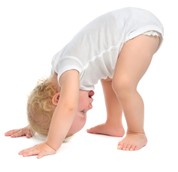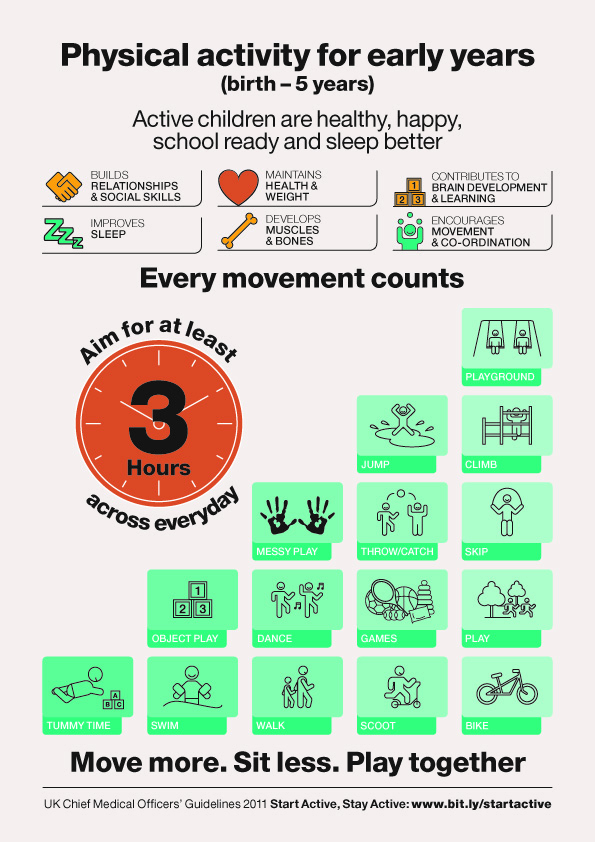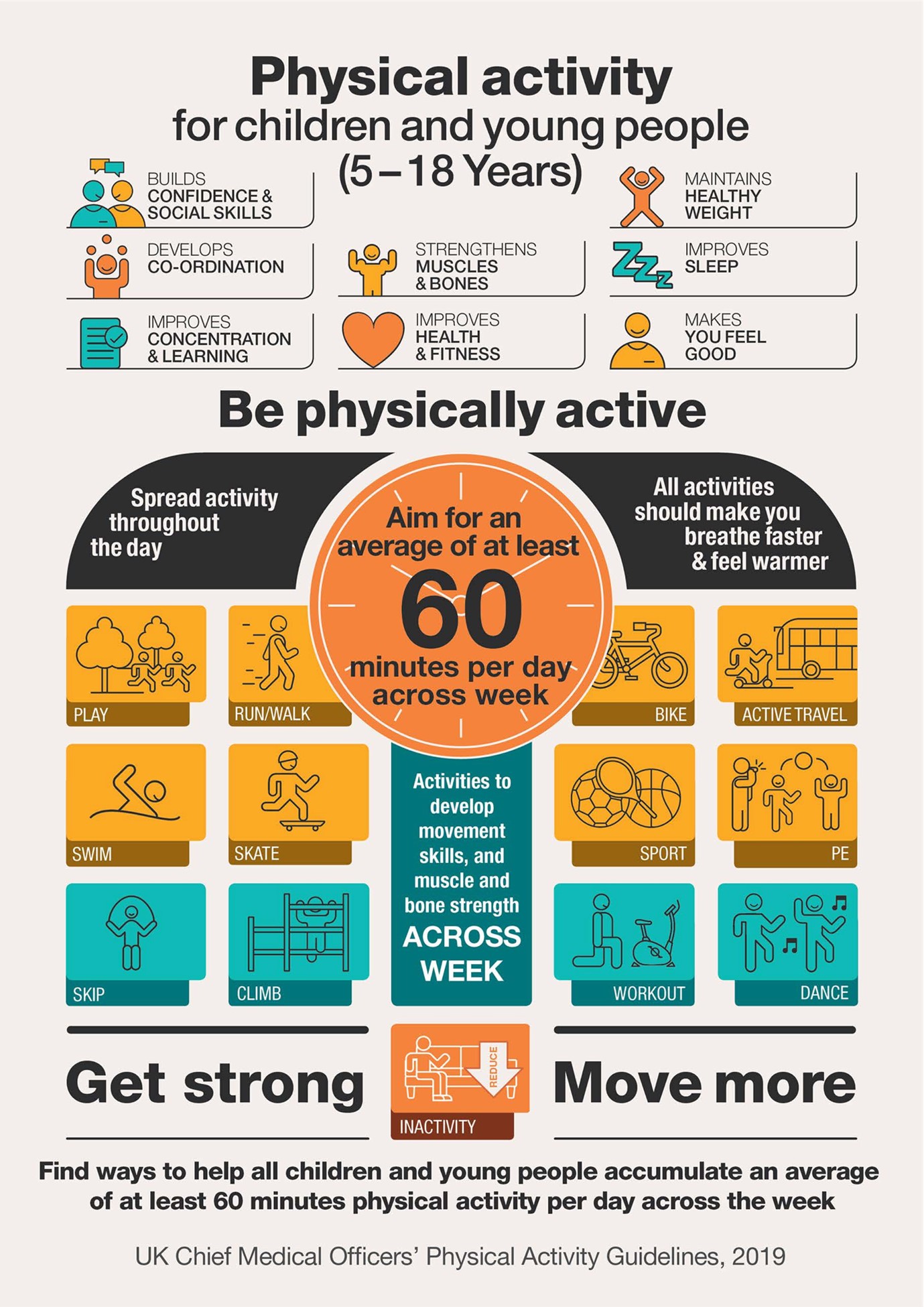Sleep is especially important for children as it directly impacts mental and physical development, learning and growth. By age 2 most children have spent more time asleep than awake. Overall, a child will spend 40% of their childhood asleep!
- Try to develop regular daytime and bedtime schedules that work for you and your child(ren)
- Active children are sleepy children
- Create a consistent and enjoyable bedtime routine that works for you
- Avoid watching screens or TV at least 1 hour before bedtime
- Establish a regular "sleep friendly" environment
- Calm, comfortable, cool and dark with no television or screens
- Encourage baby and children to fall asleep independently
- Set limits that are consistent, communicated and enforced
- Encourage use of a security object such as a blanket or stuffed toy (this is only recommended for a child over the age of 1)
Toddlers need about 11 to 14 hours of sleep in a 24 hour period. When they reach about 18 months of age their naptimes will decrease to once a day lasting about 1 to 3 hours.
The Sleep Charity have some healthy sleep tips for children.
For further information, please visit our sleep page and safe sleeping page.





 For more ideas of things to do with your child, please visit
For more ideas of things to do with your child, please visit 
